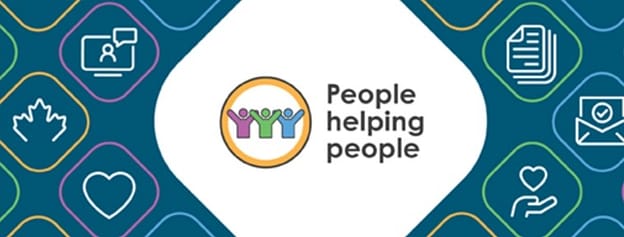
Every fall, the Department of Finance Canada provides an update informing the public about the state of the federal government’s finances and key economic development. The Fall Economic Statement (FES) for 2024 was issued on December 16. Intriguingly, it touched on the issue of filing the returns of low-income Canadians.
The articles in this two-part series tackle both what the FES said and what it did not say about this subject as the government’s omissions were as relevant to the CVITP as its treatment of the filing of returns for low-income Canadians.
The first article provided commentary on what the FES had to say about advancing its agenda for the automatic filing of low-income Canadians’ income tax and benefit returns. This second article highlights two areas of relevance to the CVITP where the FES might have been expected to say something but was silent. These omissions create uncertainties around the federal government’s long-term commitment to the CVITP.
The main source of these uncertainties is the assumption Canada Revenue Agency officials are probably making that the futures of automatic tax filing and the CVITP are inextricably linked. As automatic tax filing becomes the norm for low-income Canadian residents, they may believe the CVITP could be substantially scaled back.
Working from these omissions, this article offers three scenarios for future CVITP funding together with their respective impact on CVITP operations. It also assesses the likelihood of each scenario based on current political realities.
The most probable of these three scenarios will prove disruptive to the CVITP’s future operations. Even so, like the other two scenarios, it suffers from a fundamental flaw inherent in the advancement of automatic tax filing as currently envisioned by the federal government.
Read here to learn more about what all this means for the CVITP as well as for non-filers who were the original focus of the automatic tax filing initiative.












